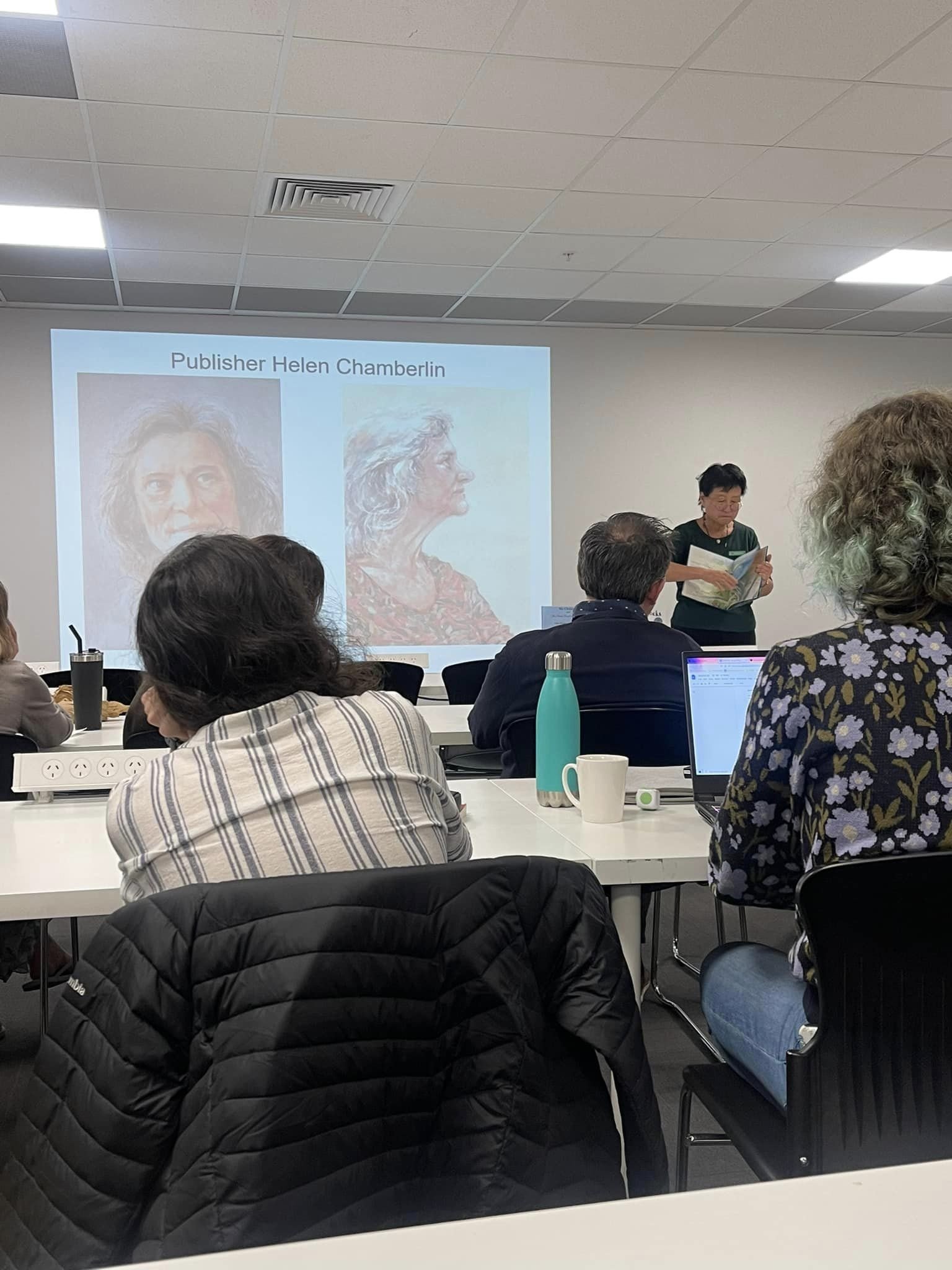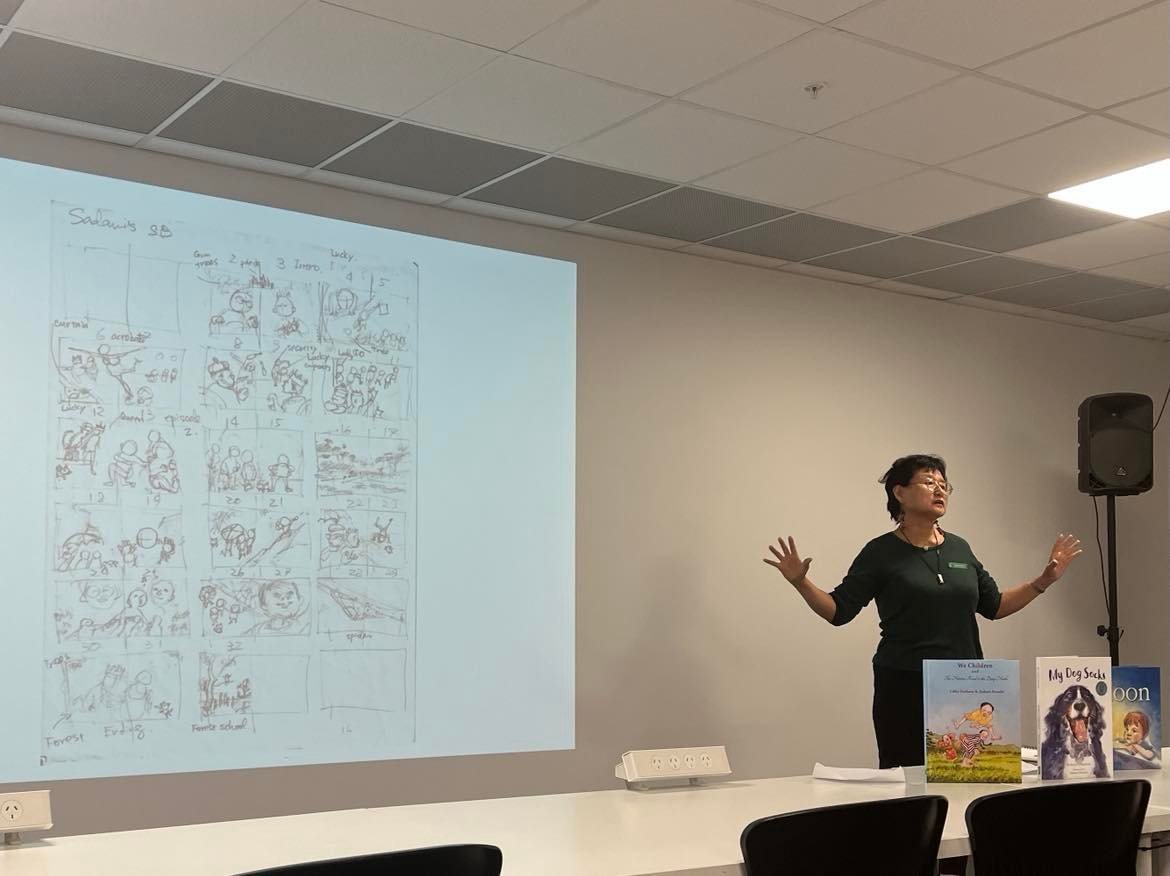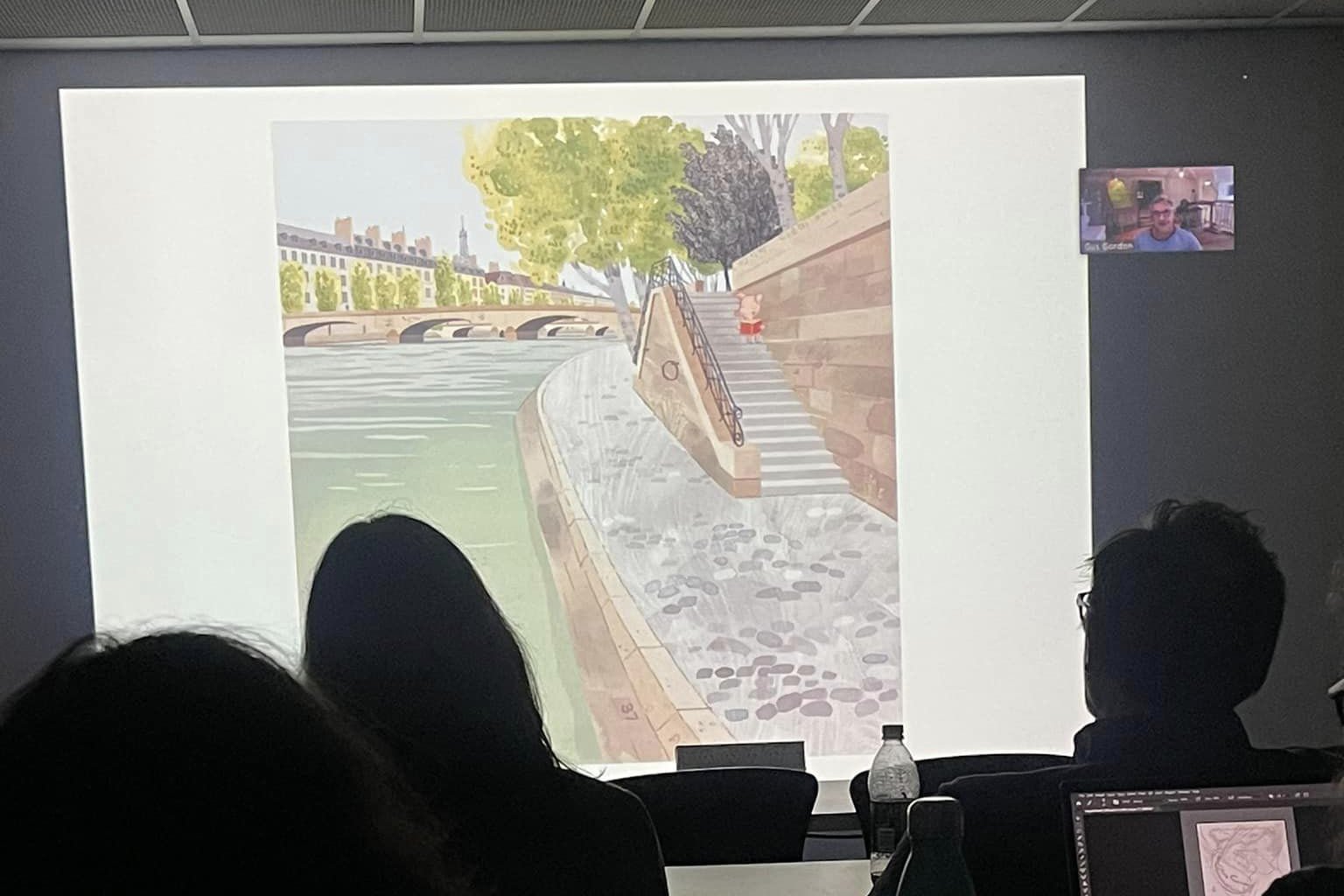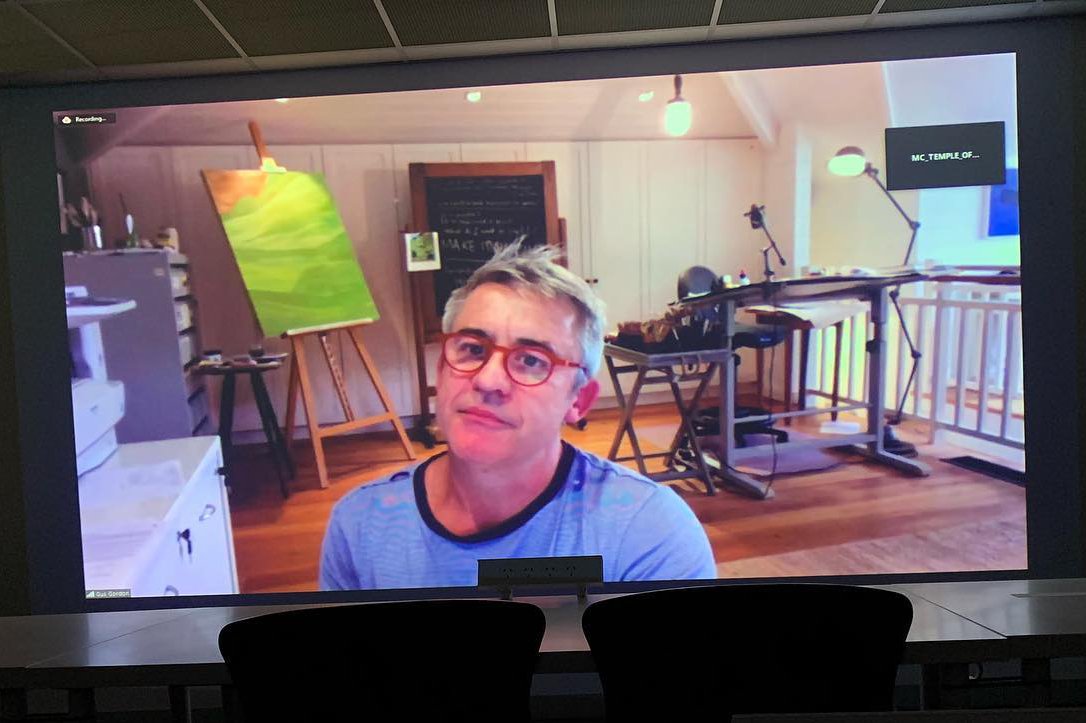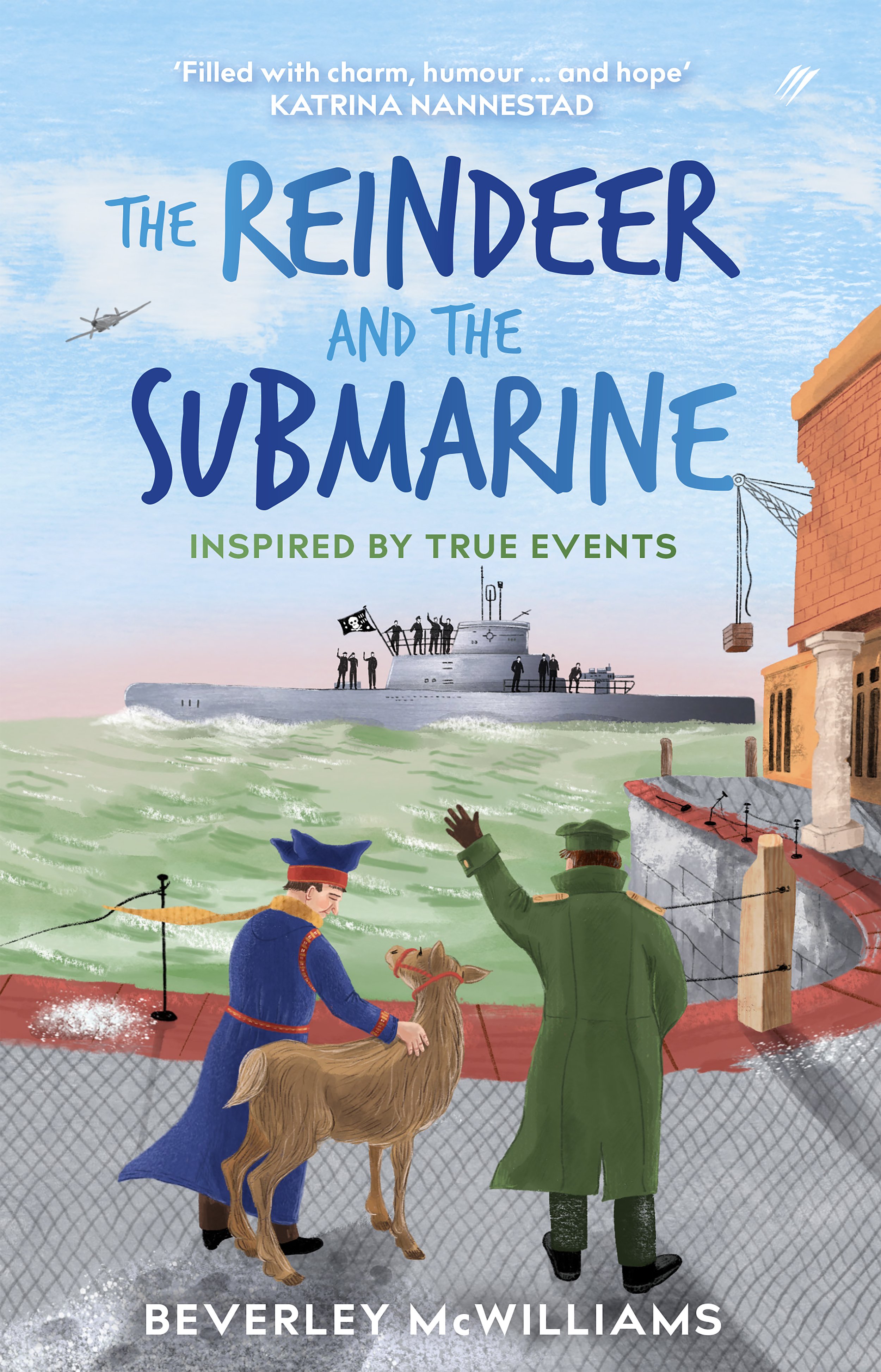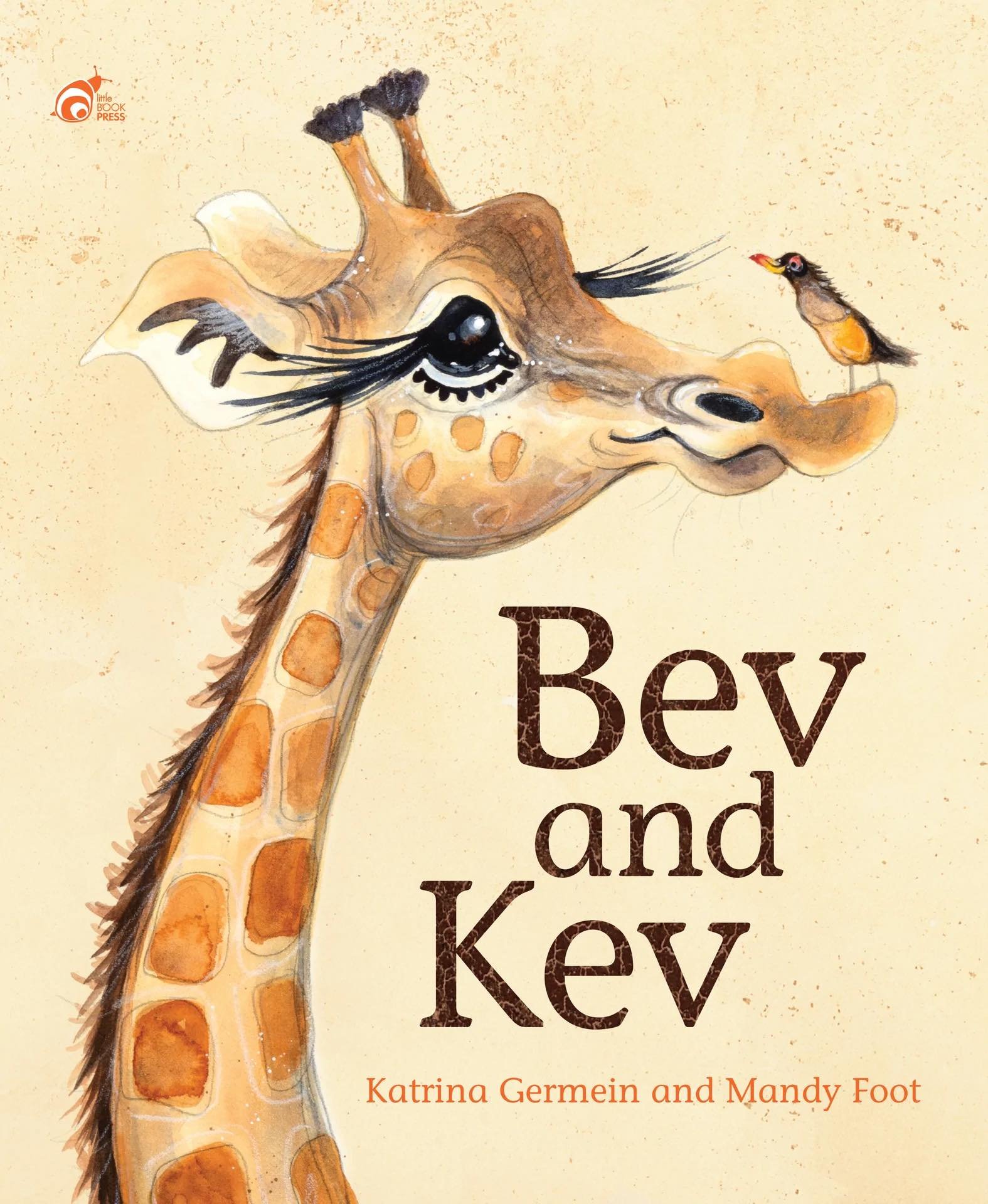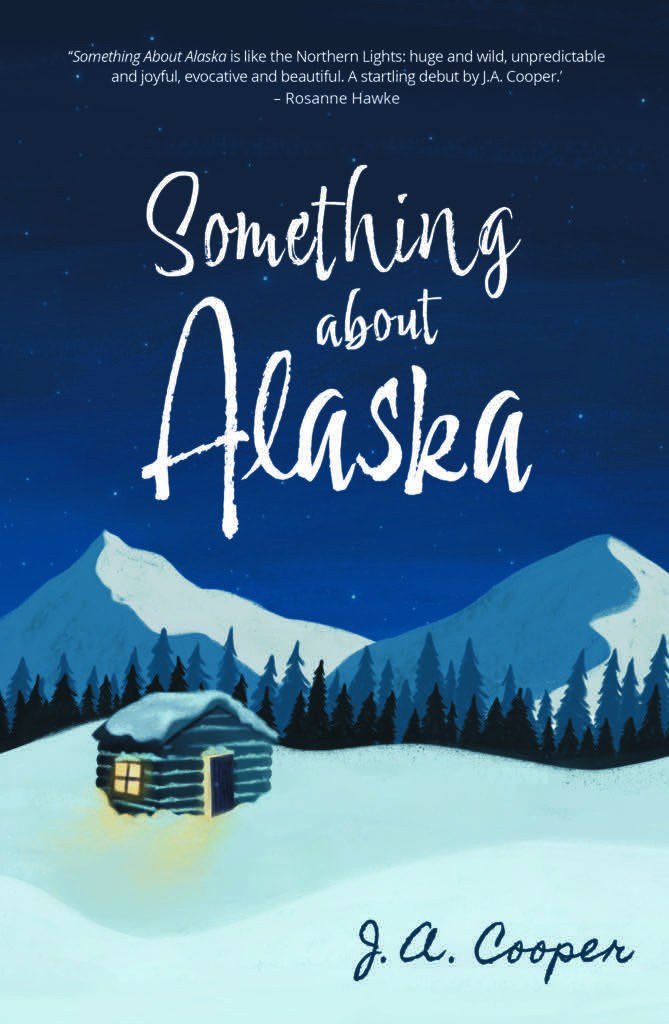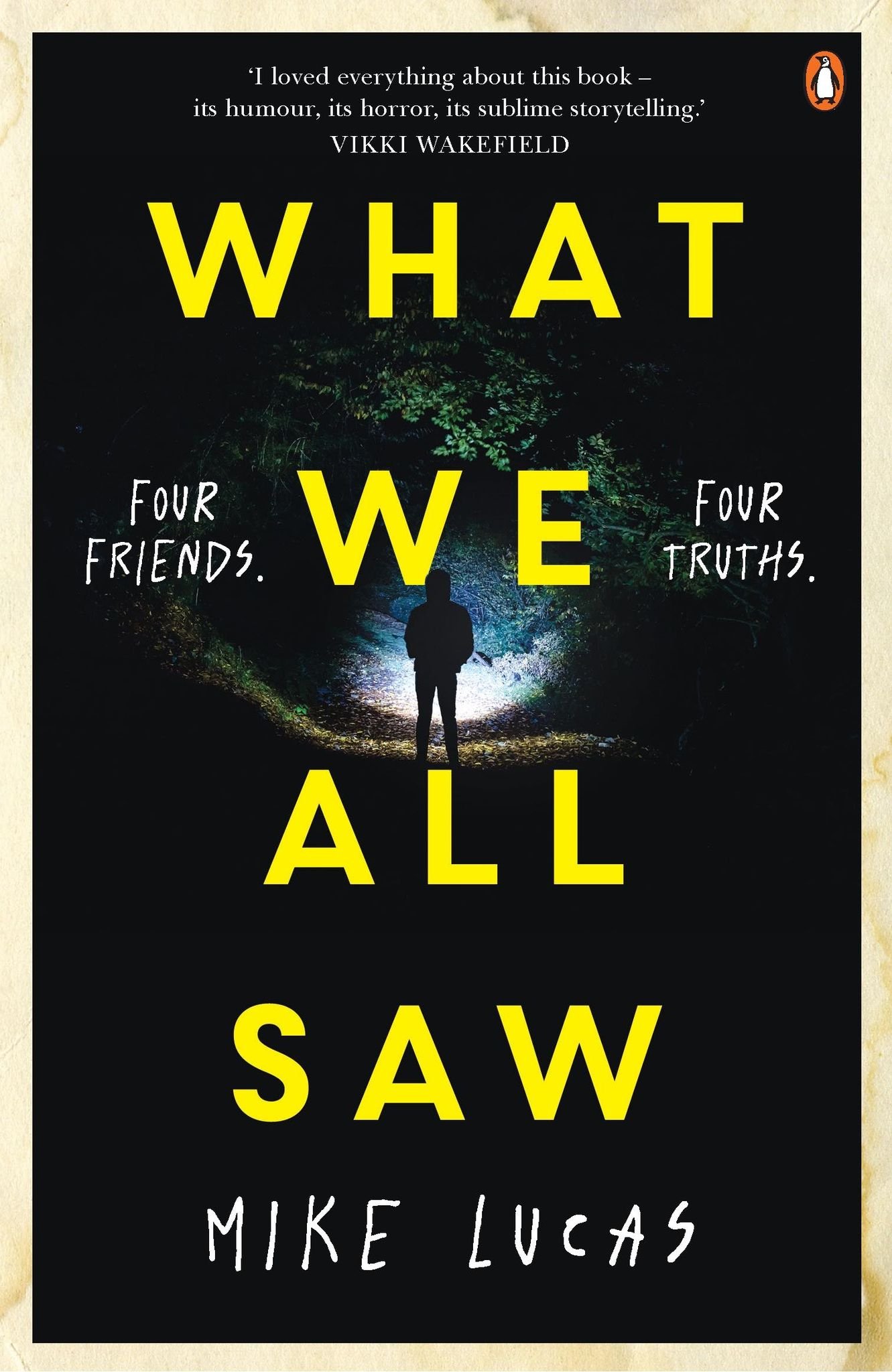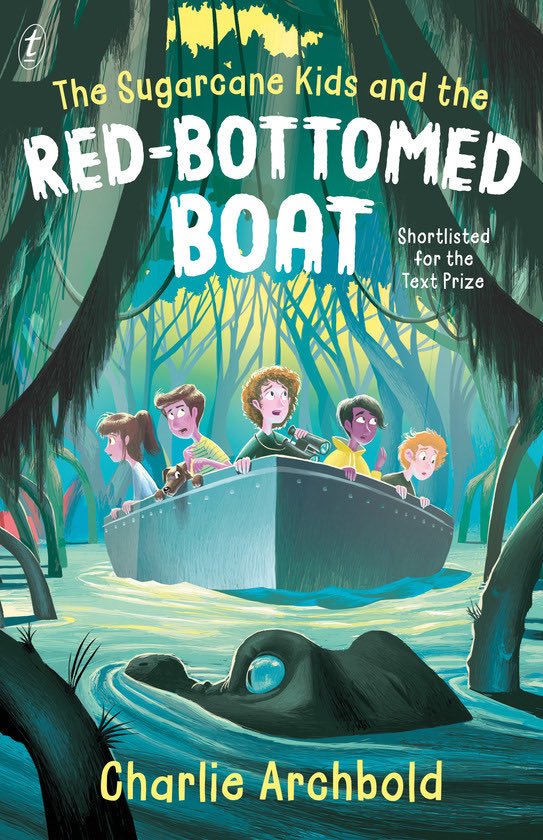We had an amazing day on Sunday at this year’s Professional Day conference - a fantastic turn-out of SCBWI members, CBCA members, up-and-coming illustration students and more! Testing out a new venue at CDW Studios in the centre of the CBD and offering a combination of in-person presenters and online presentations over zoom culminated in an energetic day full of learning, networking and contributing to our wonderful community.
Here are some of the highlights and key take-aways from the day…
Kate and Jane Moore – Book Talks and Beyond
Experienced teachers, Kate and Jane Moore, kicked off the session with an insightful delve into author/illustrator school visits and what happens in the classroom after we leave.
How author/illustrators can keep students engaged:
To roughly calculate the attention span of your audience, take the child’s age and times by two. This is how long children will focus without needing to move around or change activities.
Create a connection by sharing personal information and remember that children love guessing games. Examples: Share 3 things about yourself and get the children to guess which one is false; choose a song then get children to guess why you chose it; share images of your family and pets.
When the bum is numb the brain is dumb. Break up your presentation with movement. Examples: Heads and Tails; Wiggle Time; Agree and Disagree lines; Clapping games; Air Pictures; Movement cards. Always end with getting them to sit down. Don’t forget to use your magic pencils (fingers) and remember: the bigger the move the greater the learning.
Novelty bag: Children love surprises. Get students to guess what’s in the bag. You might have props, writing and drawing equipment, notes, toys/puppets, dress ups, bubbles.
Emotions: tell stories that elicit or examine emotional topics, such bullying, humour, sadness, and suspense.
Tone: Change your voice to suit the story or storytelling. Quiet is powerful.
Drama: Get children to take on character roles and act out poetry.
Visuals: Book trailers and other visuals work well.
Share your Craft: Schools love it when authors share their skills. For Writers: Develop a character or teach children how to set a scene. Share sizzling starts or get them to practice show don’t tell exercises. Create lists and mind maps. For Illustrators: get children to build on basic character ideas or brainstorm add-ons for illustrations; share helpful hints, and show them samples of your work, both good and bad.
What do teachers do once an author/illustrator visit is over?
Using, Dingo, by Claire Saxby and Tannya Harricks, and Nop by Caroline Magerl, Jane and Kate showed some examples of learning programs and curriculum activities that teachers do with our books in the classroom. Here are a few of their examples:
Watch videos to explore topics brought up by the story and/or illustrations
Act out the stories
Listen to music and mimic movements
Make puppets or story sets
Create visual story maps
Get children to create their own versions of the story
Create practical strategies to help characters overcome physical problems
Create songs and poems based around the story or illustrations
Explore art techniques using the illustrations as inspiration
Recreate book covers
‘Why are visits by creatives important? Because it encourages children to read and inspires them to think.’
Jane (CBCA Committee member) finished by sharing details of the CBCA Sun Project ‘Shadow Judging’. Shadow Judging is an exciting addition to the CBCA annual calendar. Young voices from groups across Australia are invited to join the conversation about the annual Shortlist. During the project, students have been learning how to look at books critically and get to choose their own winners.
Authors/illustrators might be interested in looking at the judging criteria for books that end up on the CBCA notables list.’
Sadami Konchi – May Gibbs Fellow 2022
Sadami Konchi is an enthusiastic children’s picture book illustrator, award-winning portraitist and event/conference sketcher. Sadami began her talk with an announcement that the State Library have approached her to purchase My Dog Socks, 2017 CBCA Notable book for their creative literature collection. Congratulations Sadami!
The importance of recognition and mentors.
Sadami stressed the importance mentors have had throughout her career. With encouragement from friends, Sadami started by enrolling at Sydney University and eventually met Donna Rawlins who was influential in her becoming a picture book illustrator. Through connections with the Australian Society of Authors (ASA), she met Ann James who became a friend and mentor, helping her develop narrative illustrating skills and introduced her to Helen Chamberlain who nurtured her illustrating skills. Knowing little about publishing, Sadami began her career by illustrating educational books and learned how to create images in the process.
Sadami loves working with ordinary people, especially buskers and believes that it’s the artist’s job to pull beauty from the ordinary. Participants were lucky enough to see some of Sadami’s storyboards and a selection of watercolour paintings in which she captures the inner beauty of ordinary people, everyday objects, and landscapes.
Top Tips:
Have a display platform: When Sadami began using a blog to showcase her work, she was approached by an American publisher.
Don’t underestimate your own abilities: Initially reluctant to take part in competitions, Sadami is now a highly commended artist in the Arts Access Australia Art prize and a Doug Moran semi-finalist.
Apply for grants: After receiving an Australia Council grant to travel to Japan in the footsteps of Haiku poet Matsuo Basho, Sadami and Libby Hawthorn created We Children and the Narrow Road to the Deep North, (Interactive Publications, 2021).
Gus Gordon
Gus Gordan describes himself as an author and illustrator for small people and older people who like small people’s books. He is an internationally award-winning creator of over 80 books, including The Last Peach, Finding Francois and Herman and Rosie.
Gus started as an inquisitive youngster who loved to daydream. Growing up in a book-loving family, stories accompanied Gus everywhere. Like many illustrators, Gus was a compulsive drawer as a child and picture books have always been a great influence on Gus’s work. Richard Scarry books filled with their anthropomorphic characters, and fun-filled details and Kenneth Graham’s book about the human condition, Wind in the Willows were two examples. ‘Drawing animals with human characteristics pulls readers in,’ says Gus.
The creative process
Behind Gus, stands a large chalkboard on which is written inspirational quotes, including Perspective Strangles Art. ‘Illustrating is all about telling the story’, Gus tells us at the end of the presentation. ‘Don’t get bogged down in the details and miss the point’. It’s not just about technique and perspective.
Working in a well-organised space, Gus creates his books using mixed media, including crayons, pencils, paint, engravings and collage. He has drawers filled with beautiful paper and he’s an avid collector of calendars, adverts, maps, postcards, shopping catalogues, labels and old books, especially if they relate to the stories he’s working on. In Herman and Rosie, he used accounting ledgers as part of the artwork. ‘Collage has the ability to tell stories within a story.’
Gus’s ideas start as multiple sketches from which stories begin to emerge. Adding dialogue helps him to build the narrative. The whole process takes from between 3 and 5 years.
Gus started with chapter books and Aussie Nibbles but found the work quite restrictive. Finding himself typecast as a chapter book illustrator, he realised he’d need to write the books himself if he wanted to illustrate picture books.
Everything is hand drawn and painted but then gets scanned into the computer where Gus has the freedom to work with collage. He uses layers and filters to create the pictures.
In 2022, Gus upgraded to an 12,000 Epson A2 scanner because he works with large pieces.
The Importance of Agents.
After being introduced to an agent in New York (Charlie Olsen), his writing career was turned on its head and Herman and Rosie was picked up by a publisher through an auction.
Top Tips:
Approach an agent when you have a piece of writing that has legs.
Although Zoom is a great option, meeting agents face-to-face is important, especially American agents.
Gus still illustrates for other authors but mostly concentrates on his own stories and is currently working on a graphic novel due for publication in 2024 (Harper Collins/Hardy Grant). Into the Bewilderness is already 10 chapters long and though daunting, Gus is enjoying the creative freedom of the graphic novel.
Gus loves the journey of finding the story. The key for him is that the story has multiple layers and real heart. His books are quiet, subtle stories often centring around loneliness.
Panel: What I Wish I’d Known
A panel of 4 Adelaide creatives, illustrator Danny Snell, and authors Alys Jackson, Beverley McWilliams and Rosanne Hawke, was expertly chaired by author/illustrator Mandy Foot. Mandy asked the panel about what their biggest challenges were at the beginning of their career, and what they’d wish they’d known at the time.
Danny Snell
As an illustrator, Danny works to the publisher’s deadlines. With his first deadline, he waited until the last minute to tell the publisher that he wasn’t able to meet it. They were not pleased. Danny’s now learnt that it’s okay to tell the publisher you need extra time, but you need to tell them well before the deadline is due.
Danny also stressed the importance of giving yourself time to find your own voice. As an illustrator, this means spending time drawing, and in particular drawing for yourself.
Danny said that he was naïve when he started illustrating picture books, but he didn’t know what he didn’t know, so he made it up as he went along. That seems to have worked well for him.
Alys Jackson
Alys wishes she knew to take her time before submitting a manuscript to a publisher. She told us that she submitted her first manuscript well before it was ready and looks back on it and cringes. However, she says enough time has gone by that she can edit it, rename the manuscript and resubmit it.
She also wished she had learnt sooner to have a thicker skin. She now knows not to take rejections personally.
Alys also told us that, without seeming creepy, listen and watch your audience, in this case children, and take notes. And join a writing group!
Beverley McWilliams
Bev had similar experiences with submitting too early. If she could go back in time, she would have learnt to write well before sending manuscripts to publishers.
The best thing Bev did to develop her writing career was to join SCBWI. Not only did she learn a lot, but she also found solace in having a community to share rejections with. She also said that writers’ festivals and manuscript assessments are vital in the early days of your career. It’s much easier to do them online than in person.
Bev’s pearls of wisdom are to never give up if you believe that what you’ve written is good enough and listen to other’s suggestions but hold on to the heart of the story.
However, Bev is glad that there were things she didn’t know about being a published writer, otherwise she might not have chosen to pursue this career. She’s glad she didn’t know how poorly it pays, how long it takes and how hard it is!
Rosanne Hawke
Rosanne also commented about sending manuscripts too soon. We all do this!
Rosanne has learnt a lot from all her years as an author. Much of what she’s learnt about writing is from good editors. Rosanne has also learnt the importance of having a system to follow, and writing to your own deadlines, so that you’ll get the work done. She recommends having other people read your work.
Rosanne stressed to remember that a publisher’s rejection is only of the writing. It is not you being rejected. She says to never give up, but it is helpful if someone is pushing you.
Rosanne thinks having an agent is helpful. However, it is more useful in the beginning when it’s the hardest to get one.
Speed Launches
Beverley McWilliams: Inspired by true events, The Reindeer and the Submarine, (Panterra Press, 2022) is a middle-grade novel told through the eyes of Pollyanna, the reindeer. It is an endearing story that proves not all heroes are human. Due for publication on 1st Nov, 2022.
Mandy Foot: Bev and Kev written by Katrina Germain and illustrated by Mandy Foot (Little Book Press, 2022) is a story about an unlikely pair and explores friendship and acceptance.
J. A. Cooper: Something About Alaska, (MidnightSun Publishing, 2022) is a YA novel about a boy named Zac who gets the chance to reconnect with a distant father in Alaska, but things don’t go according to plan, and he is forced to face a harsh Alaskan winter.
Mike Lucas: What We all Saw (Penguin Books, 2022), is a YA horror story about witches and dark woods that has been described as having ‘shades of Stephen King’. Not to be read at night!
Roseanne Hawke: When Roseanne approached Wombat Books to ask if they’d consider re-publishing The Last Virgin in Year 10, a brand-new character was born. Flying Blind (Rhiza Edge, 2022) is a story that explores how to know who you are.
Sally Heinrich: The Mad Cappers Tea Party written by Marnie Stocks and illustrated by Sally is a gorgeous story that was written to start conversations around loss and kindness. Net profits from book sales will be donated to cancer-related projects.
Charlie Archibold: The Sugarcane Kids and the Red-Bottomed Boat (Text Publishing, 2022) is a middle-grade novel that centres around a mystery in a small coastal town in far north Queensland.
And on that final note, we ended another great SCBWI day.
Blog written by Alys Jackson - a member of Australia East/New Zealand SCBWI. Alys is a writer and poet based in Adelaide. You can see what she’s up to via Facebook or through her website. She is the author of two picture books, The Land Belongs to Me, 2019 (Big Sky Publishing) – illustrated by Shane McGrath and Hugo’s Runaway Legs, 2021 (Larrikin House) - illustrated by Leigh Brown.

